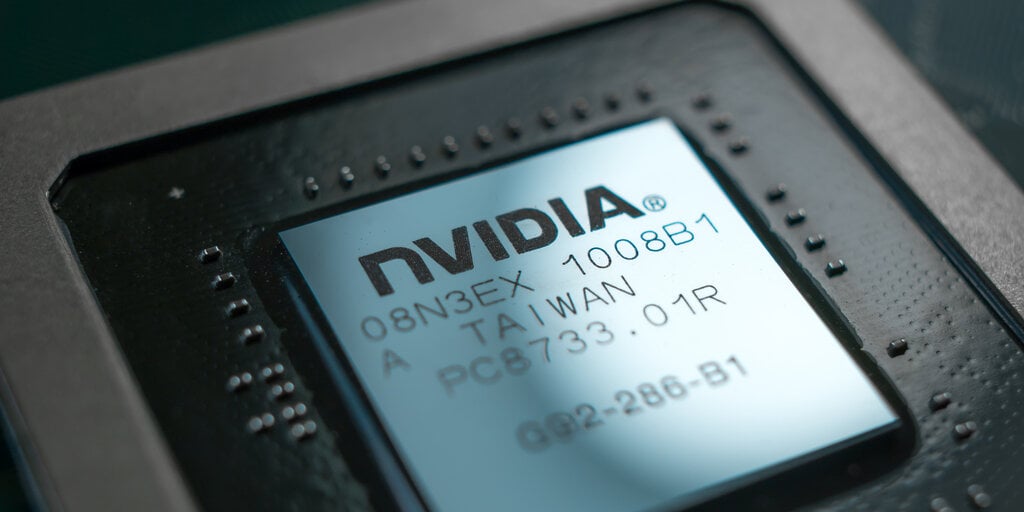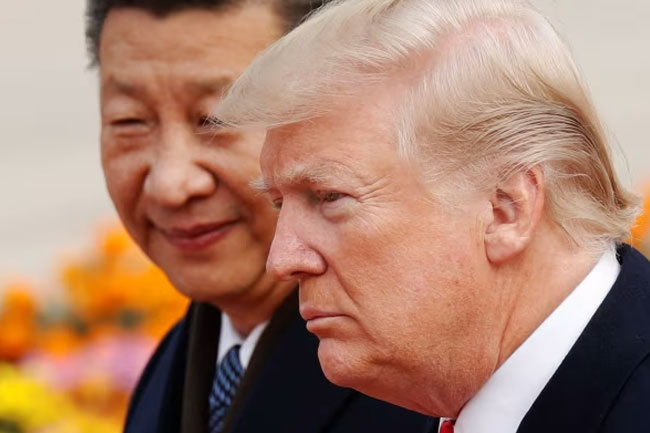Nvidia's Bold $500B U.S. Investment in AI Supercomputers
Nvidia is set to transform the U.S. technology landscape with a substantial $500 billion investment for AI infrastructure. Discover how this ambitious move impacts global industry dynamics.
Published April 16, 2025 - 00:04am

Image recovered from decrypt.co
Nvidia, a leader in the technological innovation sphere, has announced intentions to commit a staggering $500 billion to establish cutting-edge AI supercomputer manufacturing facilities within the United States. This bold move comes amidst intensifying trade tensions and corresponding tariffs under the U.S. administration, influencing companies to reassess their manufacturing strategies.
CEO Jensen Huang specified that these manufacturing spaces will be located in Phoenix, Arizona, and also in Dallas and Houston, Texas. This development marks a significant shift as Nvidia transitions from its prior reliance on overseas production, particularly in Taiwan, towards a more localized approach aimed at strengthening supply chains and fulfilling rising global demands.
Nvidia's decision aligns with pressure from the Trump Administration, which has been vociferously advocating for onshoring production chains back to American soil. This policy, referred to colloquially as the Trump effect, has witnessed multiple tech giants following suit, amplifying investments in U.S.-based manufacturing infrastructure. With spirits buoyed by Trump's earlier announcement of a $500 billion AI initiative called Stargate, complemented by partnerships with OpenAI, Oracle, and Softbank, Nvidia's commitment is anticipated to energize the American workforce, bolster the national economy, and uphold national security imperatives.
The proposed plan by Nvidia, involving collaboration with prominent partners such as Foxconn, Wistron, Taiwan Semiconductor Manufacturing Company (TSMC), Amkor, and SPIL, aims to create a confluence of advanced manufacturing skills and cutting-edge technology applications in AI chip production. Notably, Nvidia's Blackwell chip, which represents the zenith of their technological advancements, has already begun production in TSMC's facility in Phoenix.
Despite Nvidia's bold strategy, industry analysts express varied opinions. While some herald this initiative as a potent catalyst for economic growth, others, like D.A. Davidson's Gil Luria, call attention to potential overestimations in the projected economic impact, comparing it to similarly ambitious declarations from tech firms in past instances. The potential economic impact is not solely attributed to the actual volume of investment but also centers on the structural enhancements and anticipated job creation across the U.S.
The geopolitical implications of Nvidia's announcement further underscore the delicate balance in global trade relations. As the U.S. government deliberates potential tariff implementations on semiconductors, mirroring those on steel and aluminum, the move is predictably moving industries to proactively shift their production chains domestically, mitigating any adverse financial consequences arising from international tariffs.
Consolidating multiple facets from diverse discussions, the decision embodies not just a strategic corporate repositioning by Nvidia but a larger testament to the evolving dynamics within the technology industry. It showcases how geopolitical, economic, and technological narratives intertwine in shaping business decisions and industry alignments, which can potentially redefine sectoral growth and geographic focal points in the years to come.
This initiative by Nvidia may signal a pivotal moment in technology development and manufacturing geography, as it is likely to encourage similar commitments from other tech titans. It is a calculated gamble reflective of wider shifts in policy-making and economic strategies on the global stage, interlocking innovation with national interests in a rapidly evolving competitive landscape.






